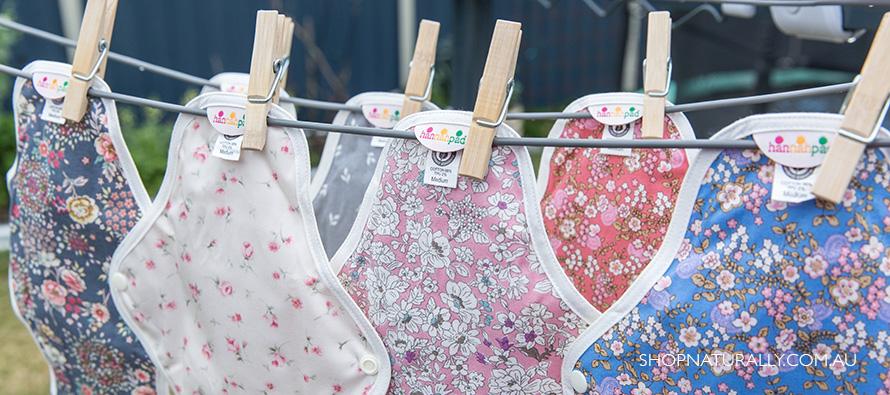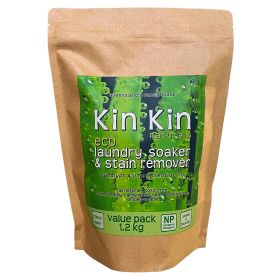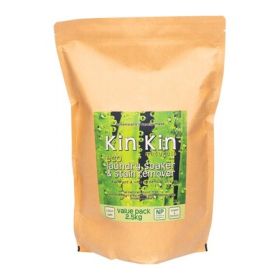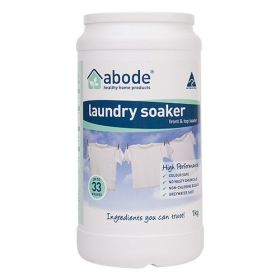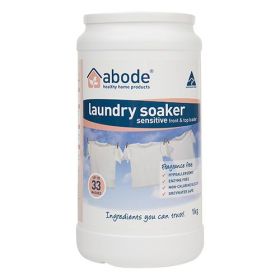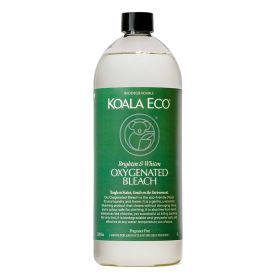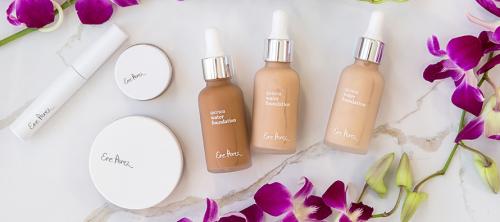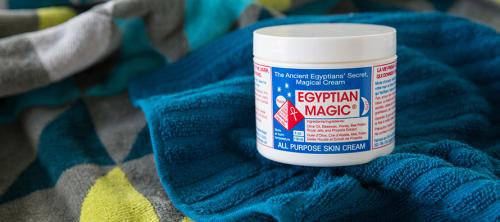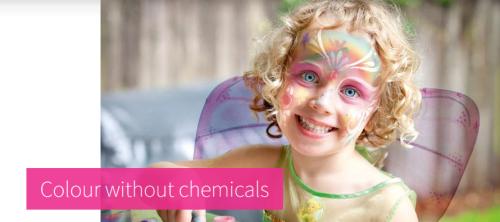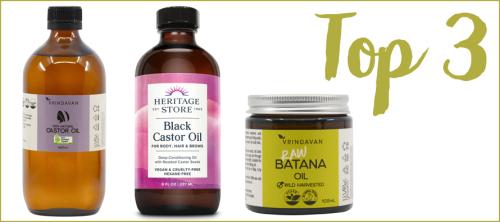3 products to clean a reusable menstrual pad
Clean a reusable menstrual pad with a probiotic soap
We used to stock Hannahpad, and when we did, one concern people had when deciding whether to purchase them is whether they would be easy to clean with only natural cleaning products. There are three natural options that will help you effectively clean a reusable menstrual pad. We will share them now along with some quick tips on how to use them effectively. It's a bit of work, but it is possible.
Using a probiotic soap to clean a reusable menstrual pad
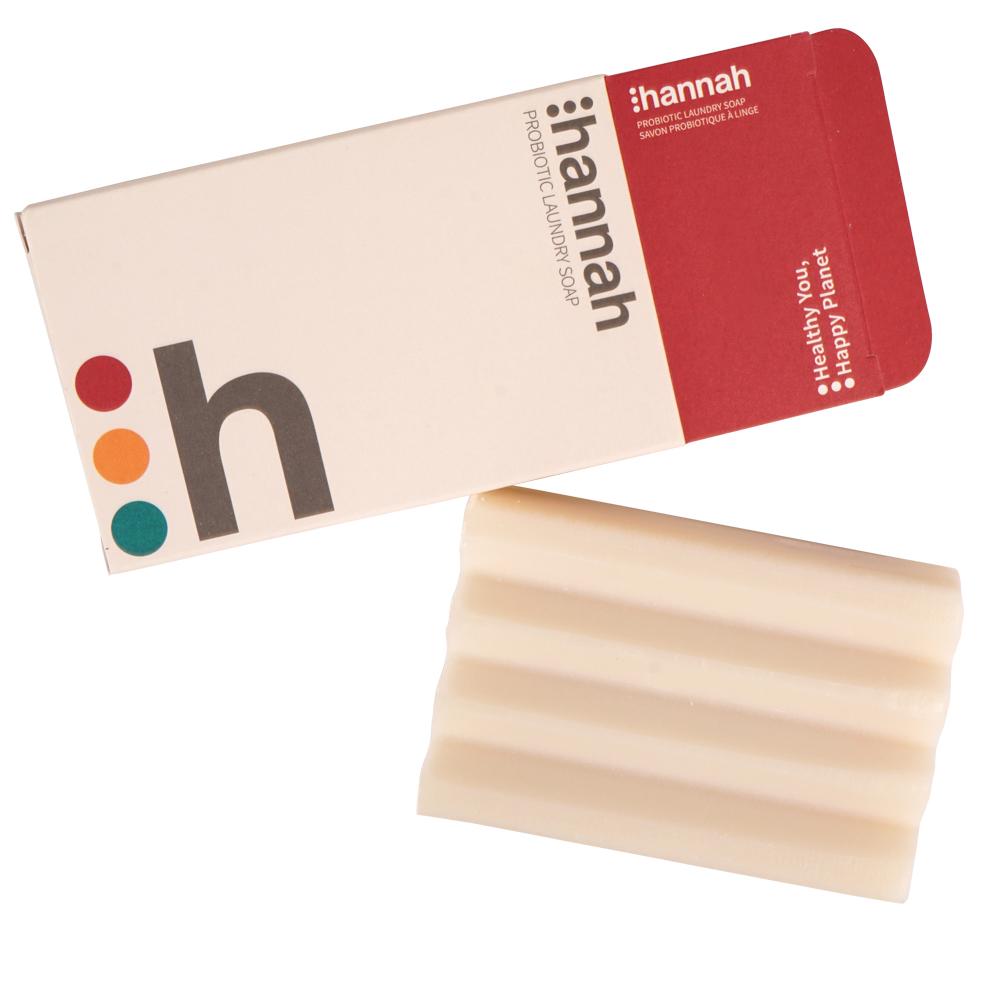
When we stocked Hannahpad, they had their own Hannahpad probiotic soap. While we don't stock this anymore, there are plenty of options on the market for a natural probiotic soap. Using these soaps is great option for that first wash (a hand wash) and rinse before soaking. In the shower, before the water gets too hot, rinse the pad and then give it a hand wash with this probiotic soap and let it soak for a little while. The soap contains microorganisms (like your yoghurt does) from lactic acid and yeast. The soy and coconut oil and lye helps form a suds and the probiotics will work on any bacteria that may be present.
You will be hard pressed to clean a reusable menstrual pad completely by hand washing with soap, but it is a really important first step that makes the cleaning process significantly easier.
Using Castile Soap to clean a reusable menstrual pad
If you're using castile soap as your natural body wash in the shower, this is a perfectly valid option in place of a probiotic soap. Castile soap is concentrated, more so than a normal cake of soap or body wash and it's a very versatile and multi-tasking product. Using it for hand washing laundry is one of its many uses. If you already have this in your shower, there's no need for an extra handwashing soap, you can easily do your first wash with this.
Whether you're using a probiotic soap or a castile soap / liquid body wash, one of the most important things with the first wash is timing. The quicker you can rinse, scrub and leave some soapy suds on the pad with some water, the better off you'll be. If you're doing your rinse in the shower, use the cold water that comes out before your water heats up. It's a lot easier to get blood stains out of fabric with cold water than with hot water.
Again, like the probiotic soap, it's only step one of the process and won't get your pads completely clean on its own.
Use a sodium percarbonate laundry soaker to clean a reusable menstrual pad
You've done your initial hand wash and rinse in cold water, and now it's time to soak.
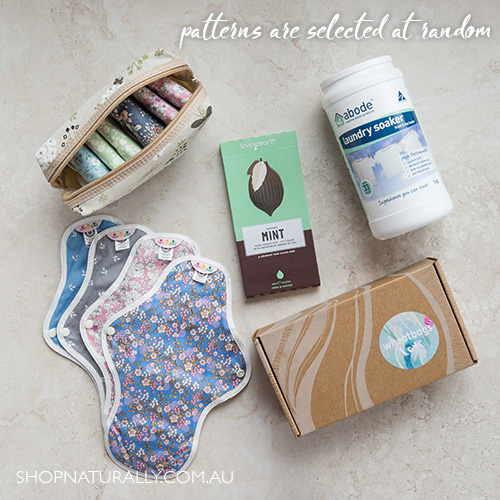
When we were selling Hannahpad, we made our own starter packs that included a block of organic chocolate, a heat pack and an Abode laundry soaker. We still stock the Abode Laundry Soaker and it's available in a High Performance and a sensitive version. They both use Sodium Percarbonate for stain removal and it is very effective as a soaker. The main difference between the two is the enzymes in the High Performance (which can irritate those with very sensitive skin) and in the Sensitive, the enzymes are placed with Sodium Lactate. You decide which one is right for you depending on how delicate your skin is. You can also use the Koala Eco Oxygenated Bleach, the Kin Kin Laundry Soaker
After your initial handwash and short soak, we recommend the pads be placed in a bucket with the laundry soaker anywhere between 1 and 3 days until you are ready to wash. Change the water and the powder every 24 hours.
Other uses for the stain remover are to add in to loads of whites with your regular laundry powder and boosting a load with work clothes or nappies. It is more effective in a long term soak, but it does also provide some lift to a regular load of laundry if your natural laundry powder isn't quite doing the job for something tough.
